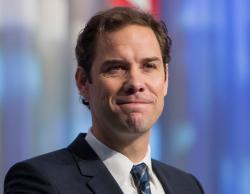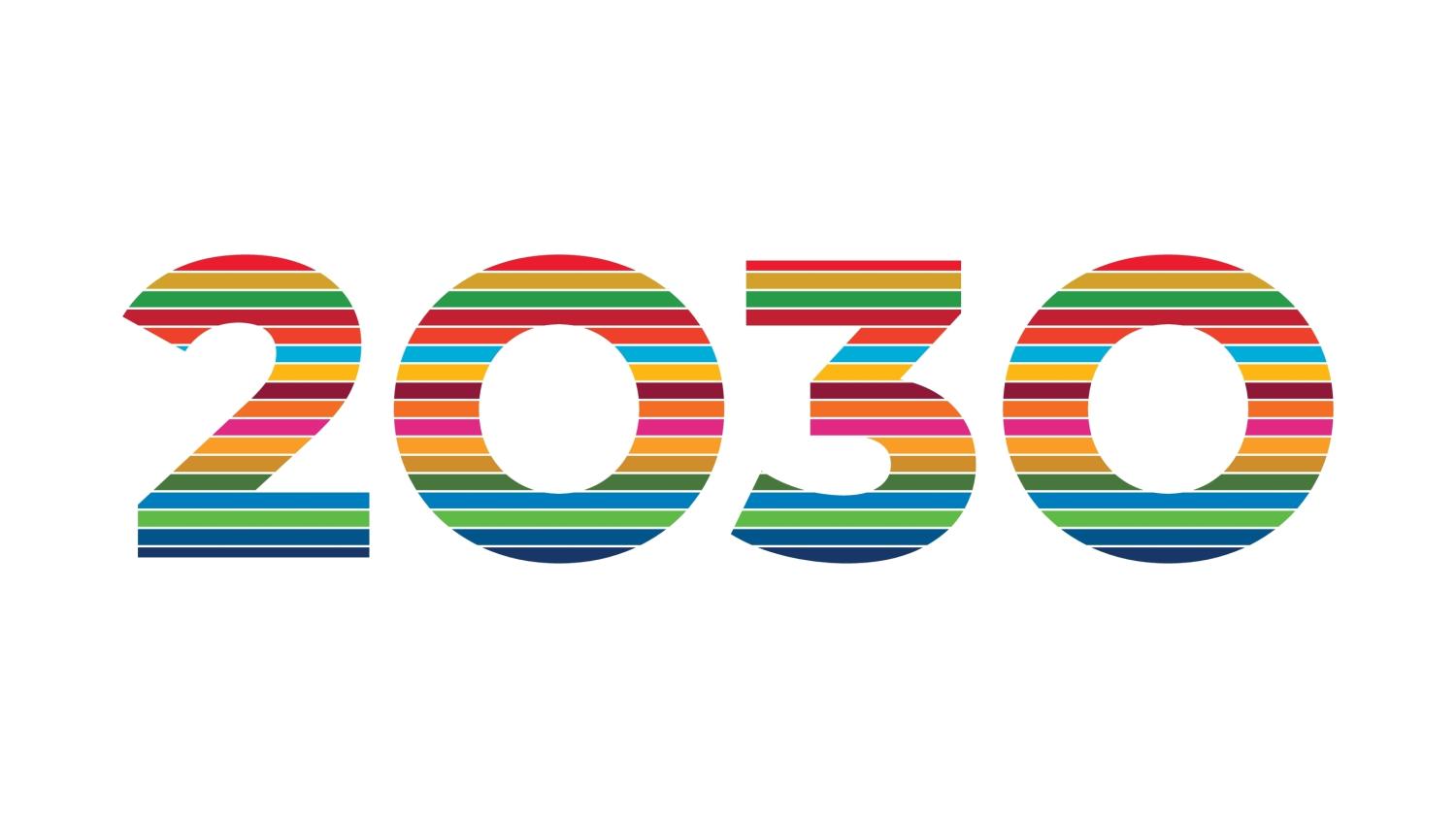This essay is part of “The SDG second half: Ideas for doing things differently.”
This September, the U.N. will convene a midpoint summit on the Sustainable Development Goals, halfway between their 2015 launch and 2030 deadline. For many leaders gathering in the General Assembly, the mood might be somber. Stark global tensions alongside inadequate SDG progress make for a tough outlook. But a successful summit will need to focus on pragmatics more than sentiment: What has gone well, where could a burst of effort tackle gaps, and—perhaps most importantly—what needs to be done differently?
The spirit of doing things differently is central to the purpose of the SDGs. The title of the all-country agreement establishing the goals was nothing shy of “Transforming our world.” It emphasized the “universal, integrated, and interrelated nature” of the goals, which “seek to realize the human rights of all.” Societies were not signing on to cherry-pick goals here and there. A hundred and ninety-three countries committed to transformation across all the goals, everywhere.
But how much has actually changed in the ensuing years? Or more plainly, how many changes have turned out to be for the better?
Fortunately, there are success stories. Compared to 2015, for example, a million fewer children under five are dying every year. India has extended basic sanitation access to more than 165 million additional people. Amid the pandemic, Togo deployed frontier digital technologies to deliver rapid cash assistance to nearly a quarter of its adult population, with priority to informally employed women. Since the SDGs were adopted, more than 200 legal reforms have been enacted across more than 100 countries to address domestic violence, penalize sexual harassment, and prohibit gender discrimination in employment. The United Kingdom’s greenhouse gas emissions dropped by roughly a fifth, despite the country’s remarkable political travails. Between 2015 and early 2023, Canada jumped from protecting around 1 percent to nearly 15 percent of its marine and coastal areas.
A growing range of constituencies are engaging on the SDGs too. More than 60 local government entities have crafted “Voluntary Local Reviews” of their SDG progress since New York City pioneered the first one in 2018. Almost three-quarters of the world’s 250 largest companies by revenue now report against some dimension of the SDGs. Times Higher Education’s “Impact rankings” have prompted huge numbers of universities to benchmark efforts against the SDGs. The Nature family of journals has intentionally expanded their range of outlets to heighten SDG-related scientific debates, most recently including Nature Water, launched earlier this year.
But despite these successes, empirical assessments draw attention to widespread SDG shortfalls. Our own previous work shows the huge number of people’s lives and basic needs at stake around the world, in addition to the planet itself. On many measures of SDG 5 for gender equality, current trends imply waiting decades if not centuries for targets to be achieved. Too few trendlines have changed, and in several areas the world is moving in the wrong direction.
The bottom line is that the world has not been doing enough things differently enough to be on course for SDG success. One 2022 meta-study soberly assessed that the SDGs’ impact on institutions and policies “has been largely discursive,” with limited “institutional impact, from legislative action to changing resource allocation.” Other studies have shown similar gaps in the private sector, where SDG rhetoric still doesn’t translate enough to action.
At the Brookings Center for Sustainable Development (CSD), we confront such findings with both clear-eyed rigor and determination. Our scholars and scholar teams work within their respective domains of expertise to distill challenges into component parts and distinguish between which pieces need reinforcement, which merit targeted innovation, and which need wholesale renewal. We draw inspiration from one another’s commitment to improving understanding and recommending better paths forward.
In that spirit, this short compendium captures a cross section of SDG-focused insights and recommendations from CSD-affiliated scholars. Each brief essay describes something with the potential to be done differently during the second half of the SDG era. Across a dozen contributions, topics range from reframing media coverage of the SDGs to measuring and elevating the role of the private sector; from participatory approaches to transforming education systems to new learning paradigms for human rights; from better risk-taking in fragile countries to improving infrastructure and services for care; from fit-for-purpose multilateral development banks to a purpose-driven fund to end extreme poverty; from turbo-charged Canadian SDG approaches to renewed American SDG leadership; from breakthroughs in digital public infrastructure to innovative frontiers in the digitally empowered methods of collective behavior science.
We hope these essays can help spark bigger, broader, and bolder public debates on things to be done better during the second half of the SDG era. The world needs to keep ramping up critical keystones to success—the policies, institutions, technology, data, business innovations, government actions, and multistakeholder consortiums that will help do things differently. Shallow either-or arguments about opportunity versus failure are of little use when many ingredients for SDG success are increasingly in place. The practical challenge lies in fostering the complementary ingredients required to achieve breakthroughs.
Over the coming months, CSD scholar teams will continue to push forward on specific challenges at the heart of the “second half” agenda for the SDGs. These vary from renewing multilateral financing for climate and development to reframing fiscal policies for gender equality to reimagining policy for rural America. Through the 17 Rooms initiative, we will continue to innovate around diverse forms of “next step” group actions, both internationally and at the community level.
Across all 17 goals, individual countries and communities deserve to have their own debates on what they’d like to do differently. Where the evidence suggests things haven’t yet been done differently enough, the looming 2030 deadline can help renew motivation to spark change.
The pledge of a world transformed will boil down to people coming together in groups of all scales to drive better actions together. Doing so with urgency can still deliver an inclusive world of sustainable prosperity for all.
The Brookings Institution is committed to quality, independence, and impact.
We are supported by a diverse array of funders. In line with our values and policies, each Brookings publication represents the sole views of its author(s).




